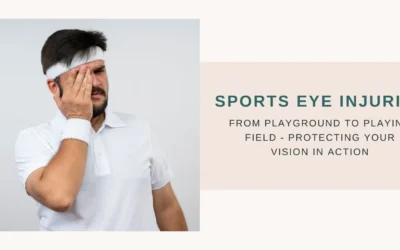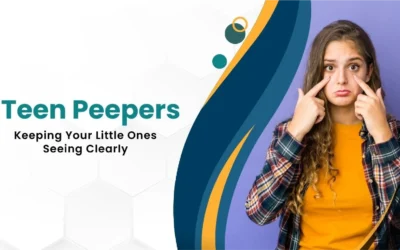A brief about contact lenses
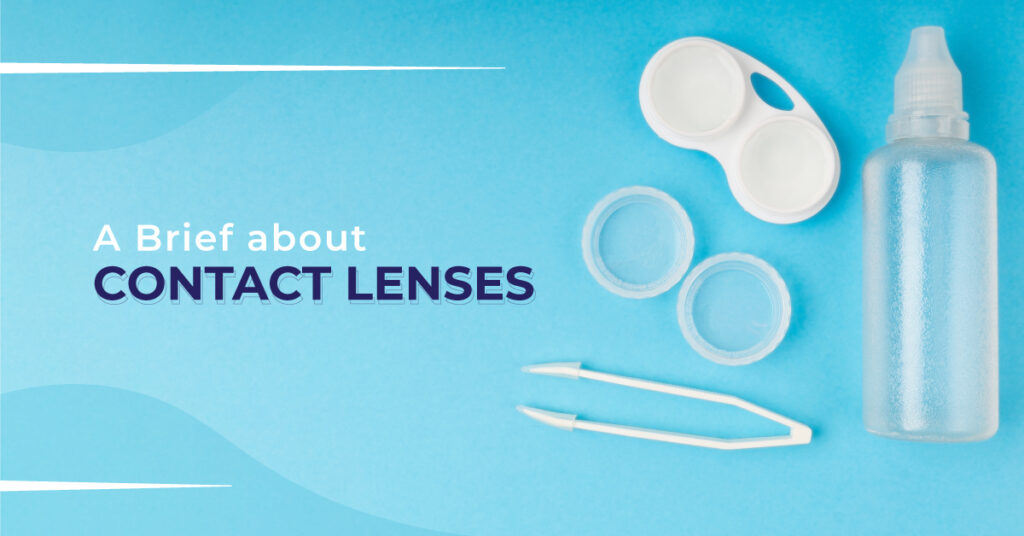
The contact lenses are thin disks that fit perfectly into your eyes to improve vision. These are called contact lenses because they are worn in contact with your eyes. Unlike glasses, contact lenses float on the tear film on the cornea. This is where contact lenses have a significant advantage over glasses as they turn around with regard to the direction you are looking in, making it easy for the eyes to obtain visual information. They also provide better peripheral vision than prescription glasses. This makes it easy to look to the sides without turning your head. Let’s look into different types of contact lenses.
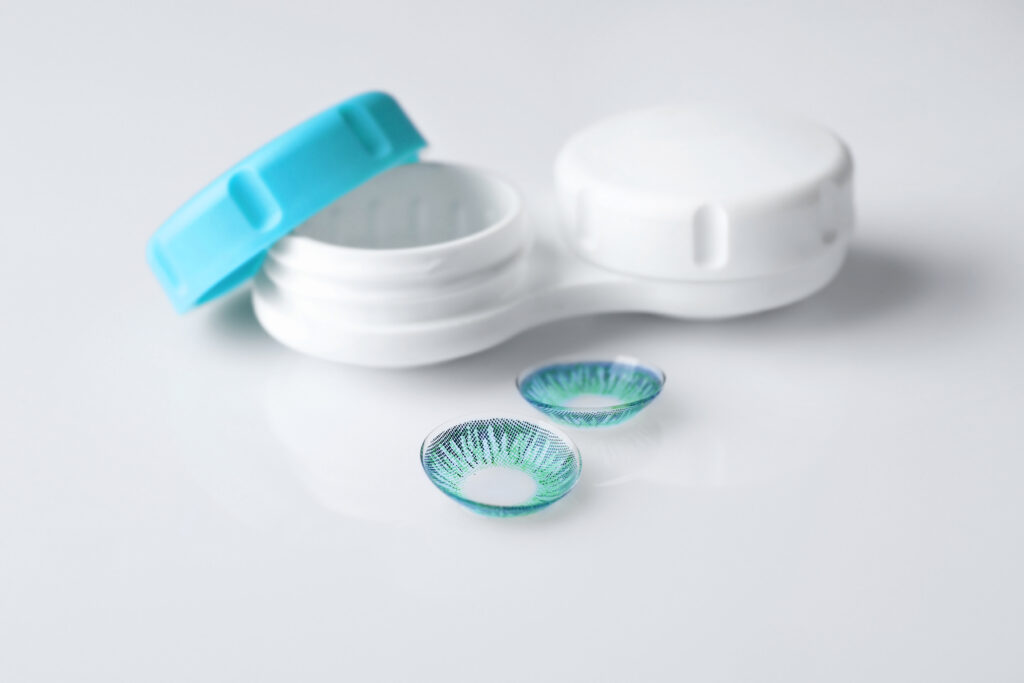
Types of contact lenses
The types of contact lenses can be broadly categorised into two categories:
- Hard contact lenses
- Soft contact lenses
Hard contact lenses:
These contact lenses are hard. This type of lens is made up of plastic and other materials. The most common type of contact lens is the RGP type. The full form is rigid gas permeable (RGP), which means these lenses allow oxygen to flow through them to reach the eyes.

Soft contact lenses:
As the name represents, these contact lenses are soft, and most people prefer this type of lens because they are more comfortable than hard contact lenses. There are various types of soft contact lenses,
- Daily wear contact lenses are used every day instead of standard prescription spectacles. Some contact lenses come in the disposable type, which means you wear them all day and throw them away at the end of the day. If you use contact lenses regularly, you better go for indisposable contact lenses; otherwise, go for disposable ones.
- Extended-wear contacts are the type of lenses which can be worn even while sleeping. These are mostly not recommended in fear of eye infections.
- Coloured contact lenses come in various colours according to the user’s choice.
- Cosmetic contacts are standard contact lenses with no power. They are used for fun in day-to-day activities like parties, fests dressing up into a character, etc., and in movies and tv shows by actors.
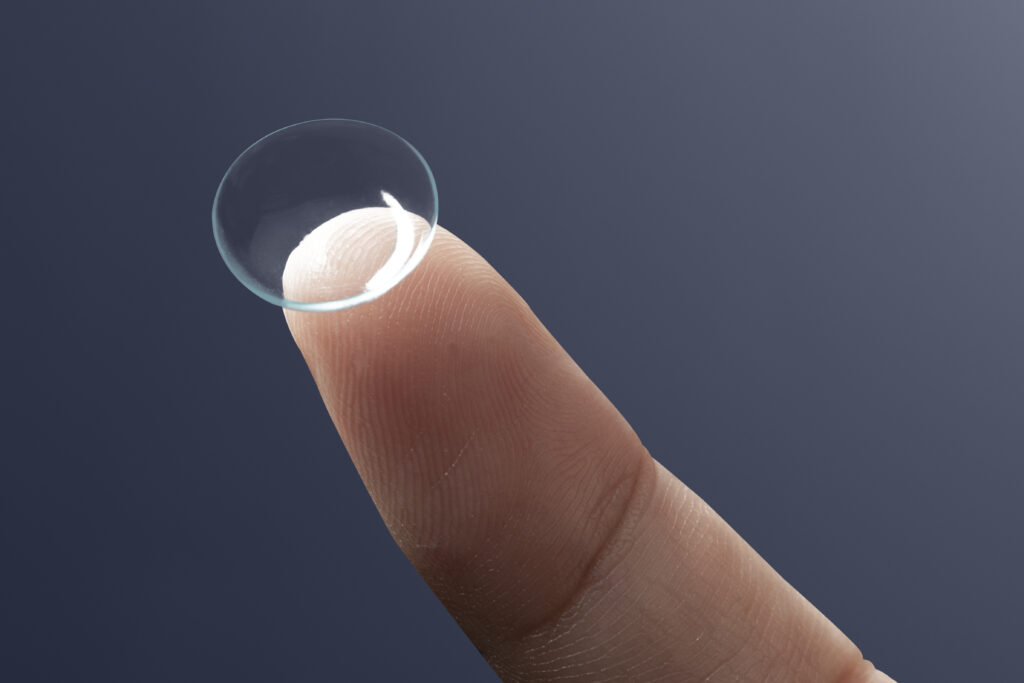
How do contact lenses work?
Contact lenses work like prescription glasses, but the catch is they are always in contact with the eyes. The type of lens used and the power of the contact lenses are designed according to which eye condition they are prescribed as a solution. The contact lenses bend the light reaching the eyes so that the light rays can accurately fall on the retina. This resolves the issue of either light descending before the retina or crossing the retina. Have a look at the below diagram to get an idea.

List of eye conditions for which contact lenses are prescribed
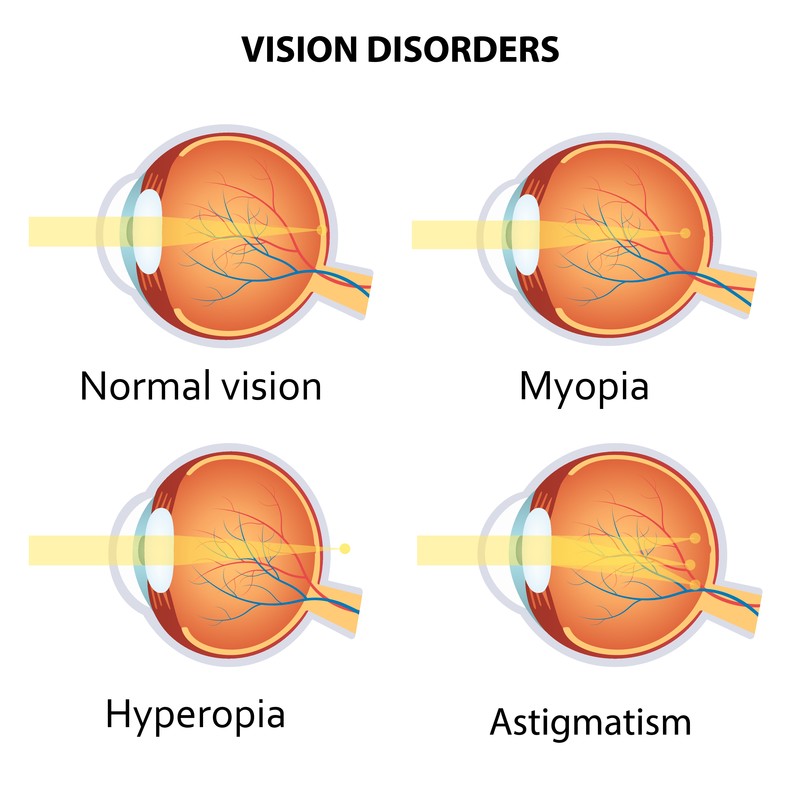
The following is the list of eye conditions for which contact lenses are prescribed as a solution.
- Myopia is an eye condition where the person faces difficulty seeing faraway objects. To fix this issue, concave lenses are used. These lenses make the light rays diverge and fall appropriately on the retina.
- Hyperopia is an eye condition where the person faces difficulty seeing near objects. To fix this issue, convex lenses are used. These lenses make the light rays converge and fall appropriately on the retina.
- Astigmatism is an eye condition with improper cornea curvature, making it hard for the light rays to fall on the retina. To correct this condition, cylindrical lenses are used. This lens only expands on one axis to make the light rays fall on the retina.
- Presbyopia is an eye condition where it becomes more challenging for the person to look at nearby objects. Bifocals, trifocals or progressive lenses are used to treat presbyopia.
Visit this link for a list of refractive errors treatments
Conclusion
Millions of people use contact lenses around the world. You can use contact lenses for various reasons, as listed above. But, do remember to maintain the hygiene of your contact lenses regularly to prevent eye infections. Do not wear contact lenses if you face situations which are not suitable for the usage of contact lenses, like,
- Working in a dusty environment
- Frequently being exposed to high temperatures.
- Having existing eye allergies
- Do not have time to maintain the hygiene of contact lenses properly.
Finally, it’s up to you to decide which one to use, contact lenses or prescription glasses, or you can get a refractive surgery to cure the refractive error. Choose according to your comfort and convenience.
Your Vision Our Focus

